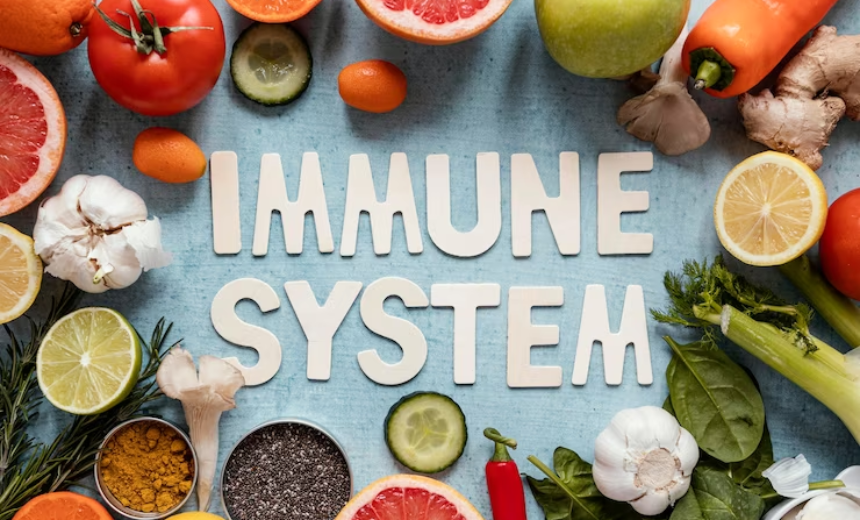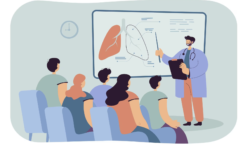5 Weird Signs of Iron Deficiency: Uncommon Indications

Iron deficiency anemia is a prevalent condition that arises when your body lacks sufficient iron to produce an ample number of healthy red blood cells. While many are familiar with classic symptoms such as fatigue and pale skin, there exist lesser-known and somewhat strange indicators that can signify iron deficiency anemia.
This comprehensive guide will explore these uncommon signals, shedding light on their relevance for both children and adults. By the end, you will possess the knowledge necessary to identify and address iron deficiency anemia effectively.
Unusual Indicators of Iron Deficiency: Shedding Light on the Lesser-Known
Pica: Unconventional Cravings
Beyond Curious Tastes: Pica presents as peculiar cravings for non-food items like ice, dirt, or paper. In children, these inclinations can serve as significant indicators of iron deficiency, demanding close attention.
Restless Leg Syndrome (RLS): An Unsettling Sensation
When Legs Refuse Repose: RLS engenders an uncomfortable feeling in the legs, often described as tingling or a crawling sensation. It tends to intensify during nighttime and periods of inactivity and can be associated with iron deficiency in adults.
Koilonychia: Spoon-Shaped Nails
Clues in Nail Morphology: Koilonychia pertains to an abnormal spoon-like shaping of nails. This peculiar trait may sometimes serve as an indicator of iron deficiency anemia and should be observed if noticed in your nail structure.
Pallor of the Palms and Conjunctiva
Skin-Deep Changes: Iron deficiency can manifest not only as pallor in the skin but also in the palms of your hands and the conjunctiva, the transparent membrane covering the white part of your eyes. These subtle alterations hold significance for both children and adults.
Angular Cheilitis: Mouth Corner Cracks
More Than Just Chapped Lips: Angular cheilitis, characterized by cracks at the corners of the mouth, can serve as an unconventional symptom of iron deficiency anemia. Prolonged lip issues warrant attention as they may indicate an underlying problem.
Anemia in Children and Adults: Critical Considerations
Children
Susceptibility in Childhood: Children are especially prone to iron deficiency anemia due to their rapid growth and developmental requirements. Ensuring a diet rich in iron and scheduling regular check-ups can contribute to the prevention and effective management of anemia in children.
Adults
Beyond Fatigue: While fatigue remains a well-recognized symptom of anemia in adults, being attentive to these peculiar signs can lead to earlier diagnosis and improved management of iron deficiency.
Iron deficiency anemia, with its less-known indicators, underscores the significance of maintaining vigilance over your health. Regardless of age, recognizing these unusual symptoms can play a pivotal role in achieving an early diagnosis and effective management of iron deficiency anemia.
It’s important to understand when it’s necessary to seek consultation with a healthcare professional regarding anemia. Here are some key considerations:
When to Consult a Doctor About Anemia:
- Persistent Fatigue: If you experience persistent fatigue, weakness, and lethargy that doesn’t improve with adequate rest, it’s a signal to consult a doctor. Fatigue is a common symptom of anemia, and a healthcare provider can perform tests to determine if anemia is the cause;
- Unusual Symptoms: As discussed in this article, unusual symptoms like pica, restless leg syndrome, spoon-shaped nails, paleness in unusual areas, and angular cheilitis should prompt a visit to the doctor for evaluation;
- Risk Factors: If you have risk factors that increase your susceptibility to iron deficiency anemia, such as a history of anemia, dietary restrictions, or certain medical conditions, it’s advisable to consult a healthcare professional regularly to monitor your iron levels and overall health;
- Children’s Development: For children, it’s crucial to consult a pediatrician for regular check-ups, especially if there are concerns about their diet or growth. Anemia can significantly impact a child’s development, so early detection and intervention are essential;
- Dietary Changes: If you’ve recently made significant dietary changes, such as becoming a vegetarian or vegan, it’s important to consult a doctor to ensure you’re getting adequate iron and other essential nutrients;
- Underlying Conditions: If you have an underlying health condition that may affect iron absorption or utilization, such as celiac disease or inflammatory bowel disease, regular consultation with a healthcare provider is vital to manage any potential anemia.
Conclusion
Iron deficiency anemia is a condition that can manifest in various ways, including some unusual and lesser-known symptoms. Recognizing these signs and knowing when to consult a doctor is crucial for timely diagnosis and appropriate management.
Your health should always be a priority, and addressing anemia promptly can lead to improved well-being and quality of life. If you suspect you or your child may have iron deficiency anemia, don’t hesitate to seek professional medical advice for a comprehensive assessment and personalized guidance.








